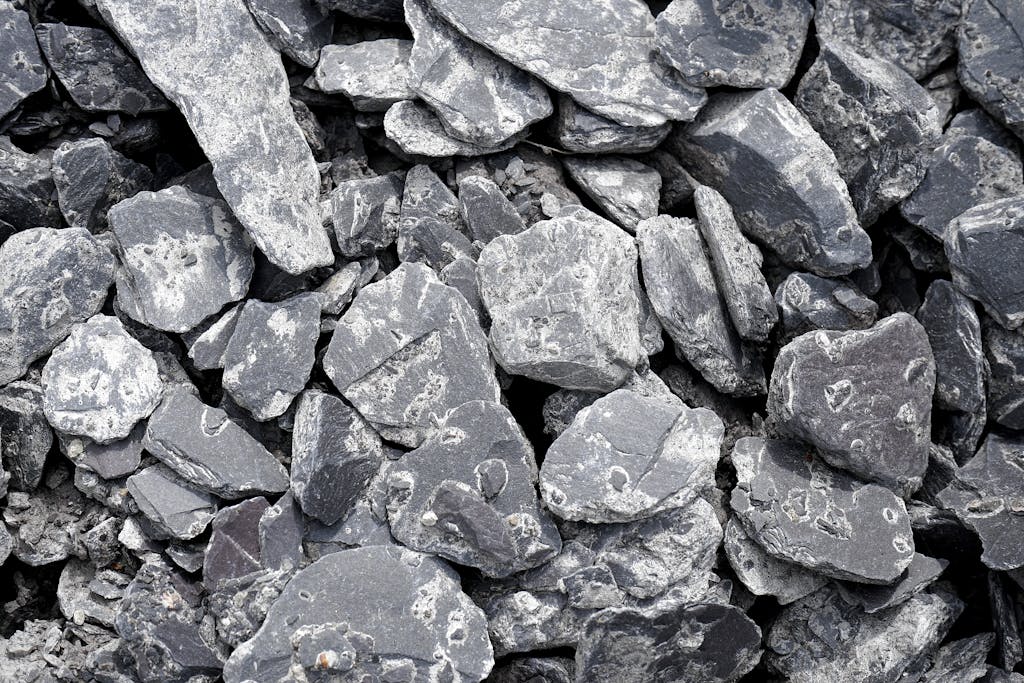In architecture, transition is not merely about movement between spaces; it’s also about the evolution of material expression. Transitional materials are those that occupy the liminal space between two distinct finishes, textures, or construction systems. They do not exist for utility alone but carry narrative weight—visually negotiating the shift from one state to another, from rough to smooth, from old to new, or from natural to industrial.
These materials are not just physical; they’re also conceptual. They ease the eye, inform the body, and speak subtly to the user about hierarchy, flow, and experience. Whether in a museum threshold that moves from stone to polished concrete, or in a residential project where charred timber turns into soft lime plaster, transitional materials shape perception and control the user’s attention.
This article explores how architects use these in-between materials to control ambiance, narrative, and the psychological rhythm of a building.
The Power of the In-Between
Architecture is often understood in terms of zones—inside and outside, public and private, heavy and light. But the true richness of experience often lies in the transitional moments between these binaries. Materials play a pivotal role in orchestrating this ambiguity.
Where a stone façade gives way to timber interior cladding, or where terrazzo is used to bridge between raw concrete and smooth ceramic tiles, the transitional material becomes a design moment that acknowledges contrast without harsh division.
Such moments are akin to punctuation in writing—they pause, accentuate, and prepare the user for what’s next.
Historical Precedents of Transition
The concept of material transition is ancient. In Roman villas, thresholds often used a strip of mosaic or marble to signal movement from the atrium into the peristyle or triclinium. In traditional Japanese architecture, the genkan—an entry zone with a different floor level and surface texture—served as both ritual and physical transition.
Even Gothic cathedrals, with their monumental stonework, used carved wood and textiles to mark more intimate zones. The shift in materials often mirrored the spiritual shift—stone for permanence, wood for warmth, and fabric for transcendence.
These historical uses show that transitional materials have always served as mediators—not just between rooms or uses, but between states of mind.
Designing Transitions in Contemporary Architecture
In modern projects, transitional materials continue to play a vital role in spatial choreography. Consider a building that moves from exterior concrete paving to an interior polished floor. Rather than creating an abrupt shift, designers often use bush-hammered or sandblasted surfaces in the threshold zone to signal change without creating visual or tactile discomfort.
In residential interiors, microcement is increasingly used as a transitional material between stone countertops and plastered walls. Timber slats—used on ceilings or wall sections—often taper or fragment at points of transition, blurring boundaries and guiding movement.
These transitions are not necessarily flamboyant. In fact, their subtlety is often their strength. The success of a transitional material lies in how seamlessly it fuses one language into another.

Psychological Effects of Material Gradation
The body feels transitions. A change in texture beneath the foot, a cool material becoming warmer to the touch, or a shift in acoustic response—these are all cues the brain uses to understand context.
Transitional materials can make a user feel welcome, alert, or calm. A corridor lined with timber that fades into exposed concrete as one enters a workspace shifts the mindset from domestic to professional. In public buildings, thresholds that move from hard urban textures to more refined or “quiet” materials help slow the pace of users, preparing them for an interior ritual—whether that’s reading, prayer, or contemplation.
These materials don’t just mark physical movement; they assist in psychological transitions too.
Craft and Detail: Where the Magic Lies
Using transitional materials effectively requires precision and deep attention to craft. The edge where terrazzo meets timber can easily feel clumsy if not detailed correctly. Successful transitions often involve custom profiles, hidden expansion joints, or complex layering that is invisible to the untrained eye.
Architects like John Pawson and Peter Zumthor have famously mastered this—creating spaces where a change in material reads like a natural evolution rather than a jarring switch. Their projects often rely on shadow gaps, micro-recesses, and material fades that produce elegance without distraction.
Good transitional design requires that the change be both legible and quiet—an art that lies between engineering and poetry.
Transitional Materials in Adaptive Reuse
One of the richest contexts for transitional materials is in adaptive reuse projects, where the old must speak to the new. The interface between heritage stone and modern glass, or between original brick and cast resin, is where narrative depth lies.
In these projects, the transition is not just spatial or material—it’s temporal. These materials become historical negotiators. They honor the past while embracing the future. Often, designers use metal inlays, shadow lines, or neutral tones to mediate these transitions.
By carefully choosing transitional materials, architects can avoid mimicry and instead create meaningful juxtapositions that acknowledge difference rather than obscure it.
When Transition Becomes Identity
In some projects, the entire architectural identity is built around transitions. Buildings that appear to change character as one moves through them—dark to light, heavy to floating, textured to smooth—are often structured around a sequence of transitional materials that guide and surprise.
These are not accidents—they are choreographies. The user’s emotional arc through a space is mapped through tactile and visual shifts. In this sense, material becomes narrative. And transition becomes the language through which that story is told.
Conclusion: Designing the Unspoken
Transitional materials are not trend pieces or aesthetic accessories. They are vital instruments in the architectural composition. They offer nuance in a world increasingly obsessed with bold gestures and binary contrasts.
By focusing on how one surface becomes another, architects reveal an intelligence and care that goes beyond surface appeal. In a way, transitional materials embody the ethics of good architecture—they mediate, they adapt, they evolve.
Sometimes, it is not the grand forms or spectacular facades that make architecture memorable, but how the floor changes beneath your feet.
